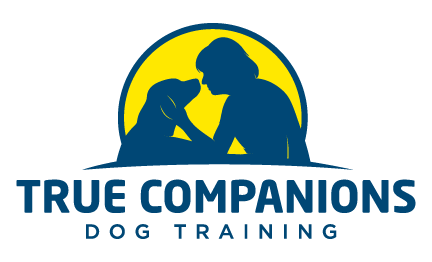What’s the best way to introduce two dogs?
A client recently wanted to add a second dog to their family through adoption. The dog they were considering was an energetic, young lab mix and their current dog is very sweet but a bit more serious. It was important to find out if the lab mix was a good match for the family AND their current dog.
So…what’s the best way to handle such an introduction?
Arrange a meeting in a neutral location
Choose a location that neither dog has “claimed” and avoid unnecessary distractions – people, other dogs, or heavy traffic. Remove any items that could be considered valuable to either dog such as toys or bones. The area should be large enough to allow for separation and breaks.
Give yourself time and be positive
You are making a big decision for your family. Allot an hour and choose a time/day when you will be most relaxed. Avoid the situation where you have to “leave right now and pick up my son from soccer practice.” Everything you feel travels down the leash and you don’t want to bring any additional stress to the situation. Give your dog breaks for treats, gentle petting, and “potty” stops.
Dogs’ body language
During this process, it is very important to watch how the dogs are responding to each other. Are their mouths open, bodies wiggling, and tongues out (smiling)? Are their bodies tense with hard stares? If you are not familiar with a dog’s body language, this is a good time to enlist the help of a professional trainer.
Begin with the dogs a comfortable distance away from each other
What is a “comfortable” distance? They should be close enough that they notice each other, but far enough away that they can relax and focus on their handler. This distance is obviously dependent upon the dogs involved. Begin walking forward in parallel lines. After you’ve walked a couple of minutes, turn around and walk back. Each dog-handler team should reverse places so they are walking in the path of the previous team. This will allow each dog to become familiar with the other dog’s scent.
Repeat this pattern (parallel line walking) and slowly move closer together if the dogs are relaxed and happily interested. At any time, be prepared to separate the dogs if they show any signs of stress, discomfort, or aggression. Some dogs may just turn away and keep close to their handler and they should not be forced to move closer.
Take time for assessment
You should be able to tell by now if the dogs are interested in becoming friends – gentle bounces, relaxed or wiggly bodies, and soft eyes – and you can move towards greetings. However, you may notice the opposite – stiff body, tail up, and hard stares. If you notice the latter, now is not the time for the dogs to greet.
Set realistic expectations
It’s easy to be disappointed if your dog doesn’t respond positively to another dog. Whether it’s love at first sight or “back off, jack,” it’s important to listen, respond, and advocate for what’s best for both dogs.
Your dog’s new best friend is out there and is just waiting for you to find him!
